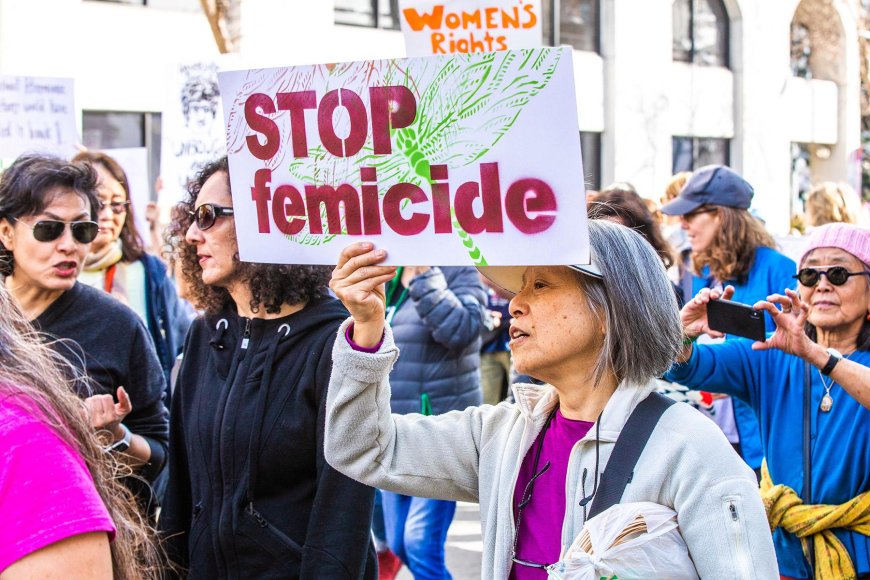North America, femicide is on the rise

In 2017, 87,000 women died at the hands of third parties. In more than half of the cases, the perpetrator was a romantic partner or family member. Women are least safe in their own homes. This is revealed in the latest "Femicide Report[i]" by the United Nations Office on Drugs and Crime (UNODC). According to the study, most murders of women are committed by cohabiting partners and family members. In 2017, about 87,000 women were killed. Fifty-eight percent of them, about 50,000, died at the hands of a partner or relative. Converted, that's six women murdered per hour worldwide. For every 100,000 women, 1.3 were femicide victims. In 2012, UNODC counted 48,000 femicides of this type. Femicides by relatives and partners have thus increased since then.
Femicides: are rapidly increasing across Canada
According to a recent study[ii] that examined the occurrences of femicide in Canada, there have been significantly more women and girls slain there during the previous five years. According to the research, which was revised on Sunday and published by the Canadian Femicide Observatory for Justice and Accountability (CFOJA), 850 women and girls were murdered in Canada between 2018 and 2022, or one every 48 hours. The research stated that male suspects were killed in 82 percent of femicide incidents while female suspects were charged in the remaining 18 percent, and it added that this number increased by 27 percent between 2019 and 2022. "Women ages 24 to 34 often represented the largest or second largest age group for victims," the report said, adding, "However, the average age for a woman killed by a male defendant is 42, while the average age for male defendants is 37."
There are a significant number of disappeared or murdered Indigenous women and girls in Canada. The issue of disappeared indigenous women became a priority among the country's domestic policy tasks when the Justin Trudeau government took office in November 2015. The previous government had already commissioned an investigation by the national police RCMP, the results of which were published in 2014. According to the findings, 1017 autochthonous women had been murdered between 1980 and 2012, and another 164 disappeared without a trace. The figures for 2013/2014 only are 32 dead and 11 disappeared. Experts describe these figures as the tip of an iceberg; today's politicians also assume that the numbers are underreported
Femicides: Violence against women is particularly bad in the USA
In the USA[iii], the problem is even worse. In the United States, more and more women are dying as a result of violent crime. According to a study now released by the California-based research group Security.org, the number of homicides against American women grew by about 21 percent in 2016 compared to the previous year.
For 2015, the San Diego-based organization counted about 10.2 per 100,000 women killed by violent crime. By 2016, that number was about 12.2 per 100,000 American women. Research by the Centers for Disease Control and Prevention (CDC) pointed to the rising number of women killed by their partners. More than one in two female victims were fatally injured by a boyfriend, significant other or husband. The National Crime Information Center knows of 5700 cases of murdered or disappeared indigenous women. The murder rate of indigenous women is 10 times higher than the national average. Activist groups on both sides of the border have therefore long spoken of "genocide."
"Genocide is exactly what is happening here, and the country is turning a blind eye to it," says Lorelei Williams, whose cousin was killed by mass murderer Robert Pickton. Pickton recruited Native American prostitutes on the streets of Vancouver for sex parties and then murdered them. The remains of up to 49 women were found on his property. The U.S. is still lagging far behind. There are individual politicians, such as Senator Heidi Heitkamp of North Dakota, who are committed to recognizing the problem as an "epidemic" and taking steps to improve it. For example, she wants to improve cooperation between U.S. federal law enforcement and reservation police officers to raise the scandalously low clearance rate.













































